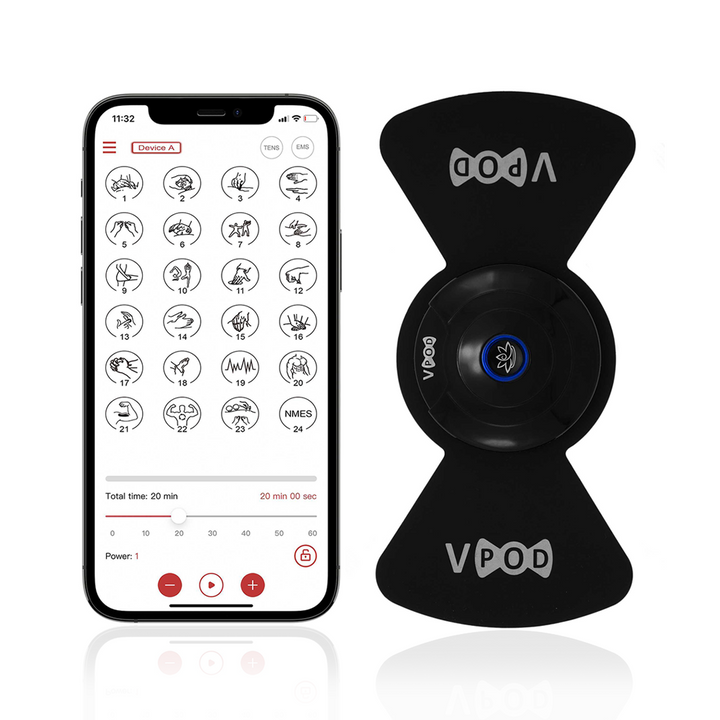As the weather cools down, those who prefer to train outside have to adjust their regime to fit the drastic temperature changes. Frostbite, along with other freezing related injuries are a common threat to winter atheletes. Today we'll cover some tips that are bound to make the seasonal transition easier as well as some preventative measures for proper recovery.

Warm up before!
Just like you need to warm up your car for a bit before heading out when the weather cools down, warming up before you step out into the cold is going to be crucial for making the transition easier. Same goes for stretching, only stretch when your muscles are warm! Either after your warmup or after you train. If you raise your heartbeat before stepping out, you'll have a better chance of having a successful training session without letting the weather impede.
Insulate (to start)
Use moisture wicking fabric when you train in the cold to prevent sweat from cooling you down. Add additional warm layers on top that you can remove as you warm up to prevent from overheating.
Cool down first
Before just heading inside (as tempting as it may be) make sure to cool down and start slowing down your heart rate as you start to head in. Initiating a cool down at the end of your training session can help prevent heart strain and feelings of dizziness that can sometimes happen from drastic heart rate changes and extreme temperatures.
Stay hydrated
Your body is working harder in colder weather, not only to efficiently get you through your workout, but also to keep your body temperature at a manageable level. It's easy to forget to drink water when it's not hot and you're not sweating as much. Keep lukewarm water in your water bottle to prevent your throat from hurting.
Recovery done right
If you need some extra help with sore joints or your muscles are taking a bit longer to recover, take recovery one step further with EMS technology. We recommend the wireless VPod to help speed up the repairing of sore muscles as well as relieve chronic or temporary joint pain through the use of strategic pulses and EMS/TENS/NMES technology. To learn more about the VPod and all of its 24 features, visit VPod.Life.
VPOD Wireless TENS, EMS & NMES Unit

$149.00
$175.30
Pain sets limits. You deserve to be limitless. Our VPod Wireless TENS Unit is a lightweight, portable device that will provide natural pain relief for all of your aches and pains. Break the boundaries and live a limitless life with… read more
Happy Healing!

